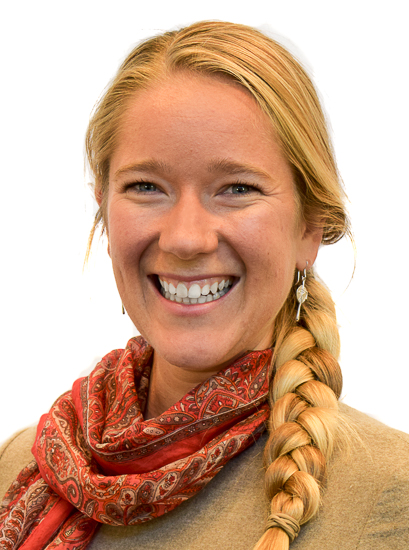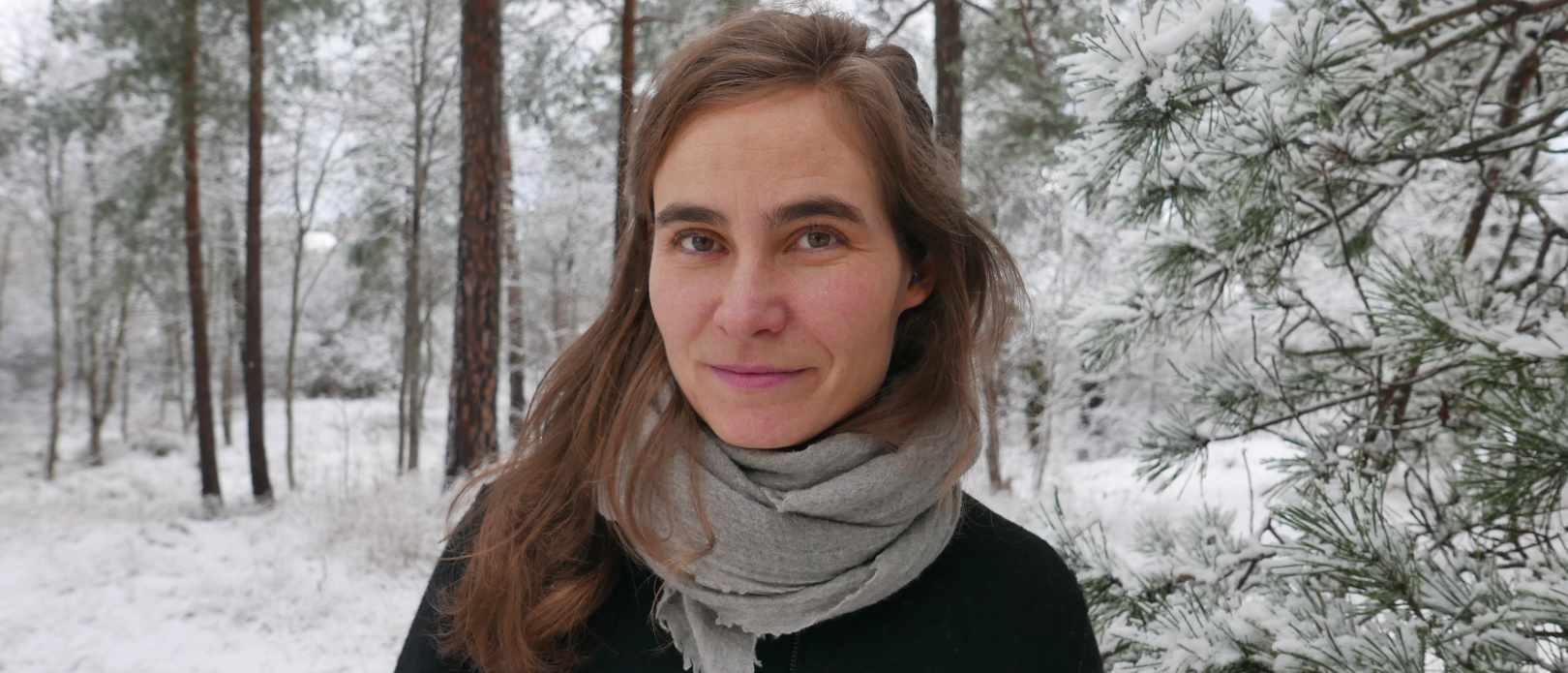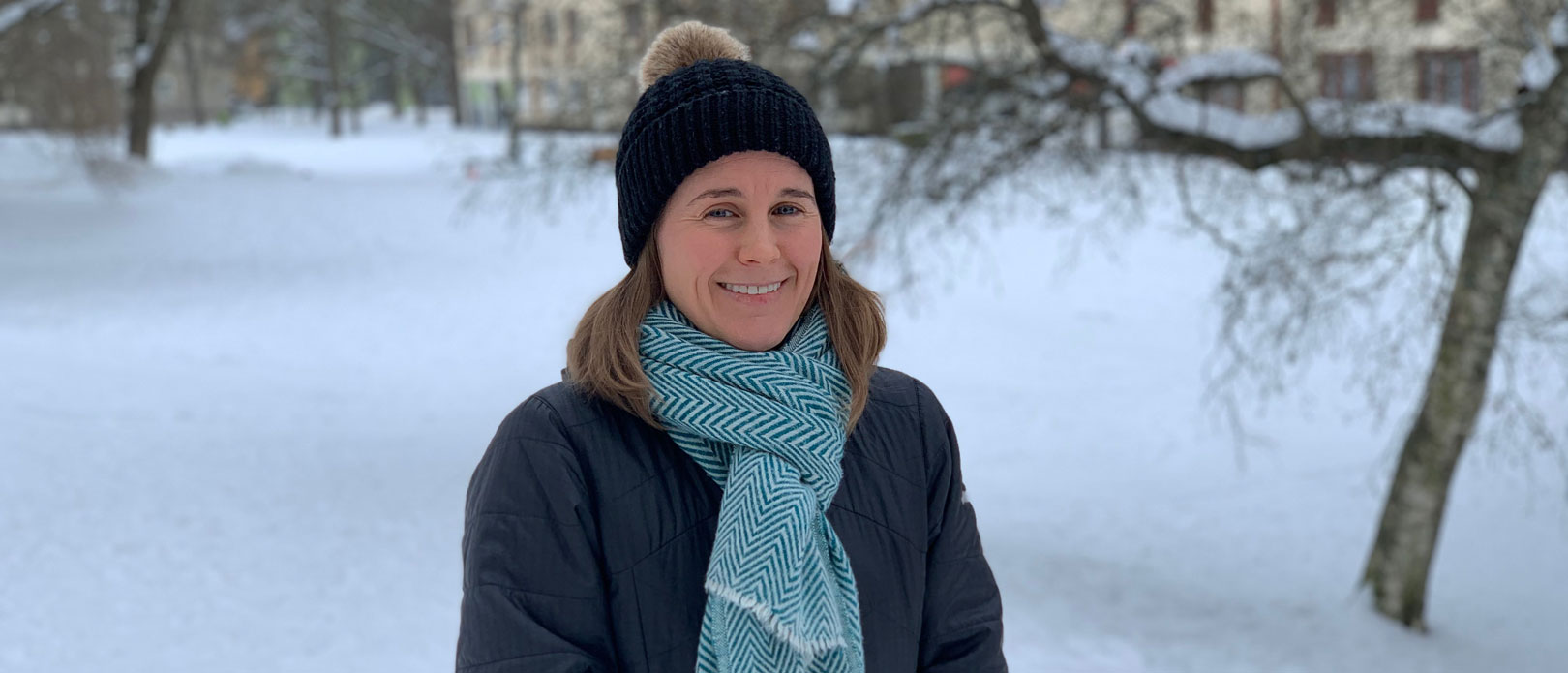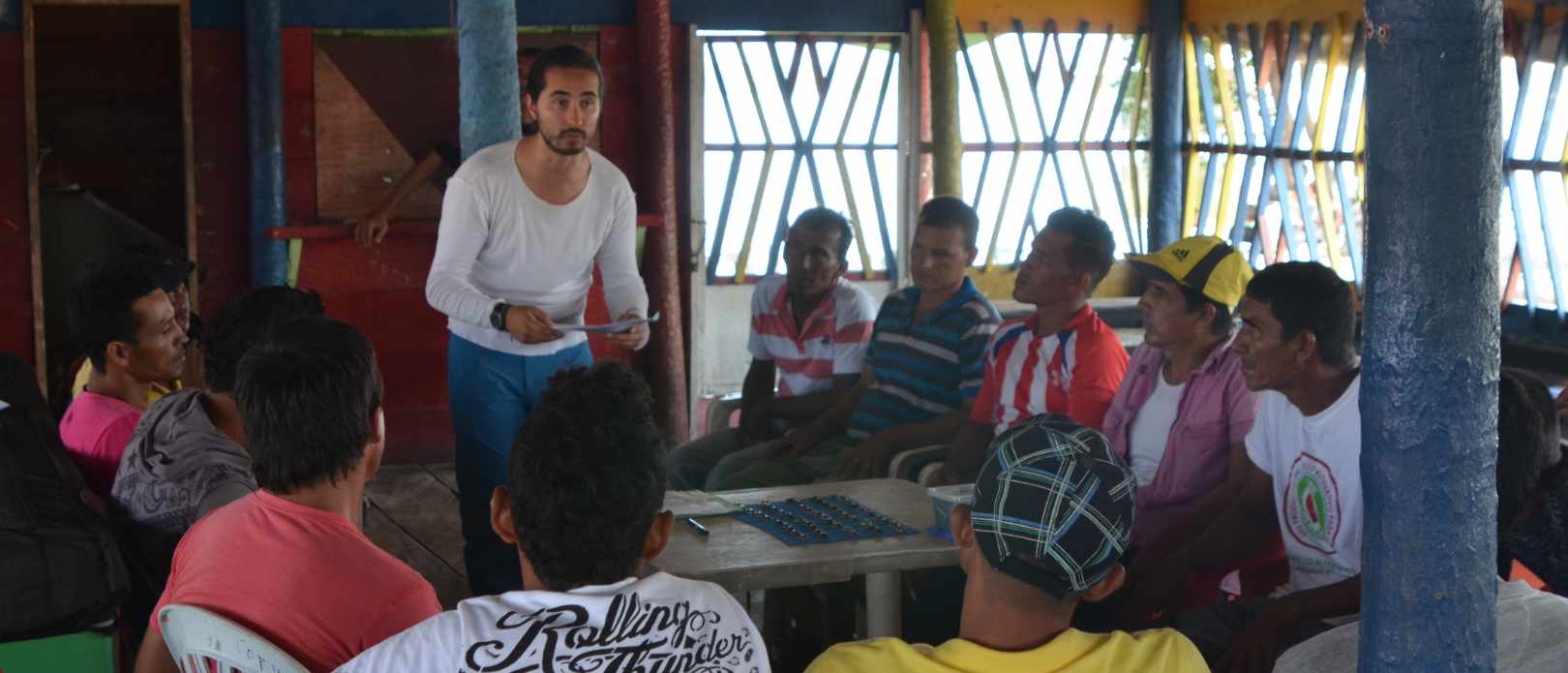RESEARCH PROFILES
Dealing with the contradictions of sustainability
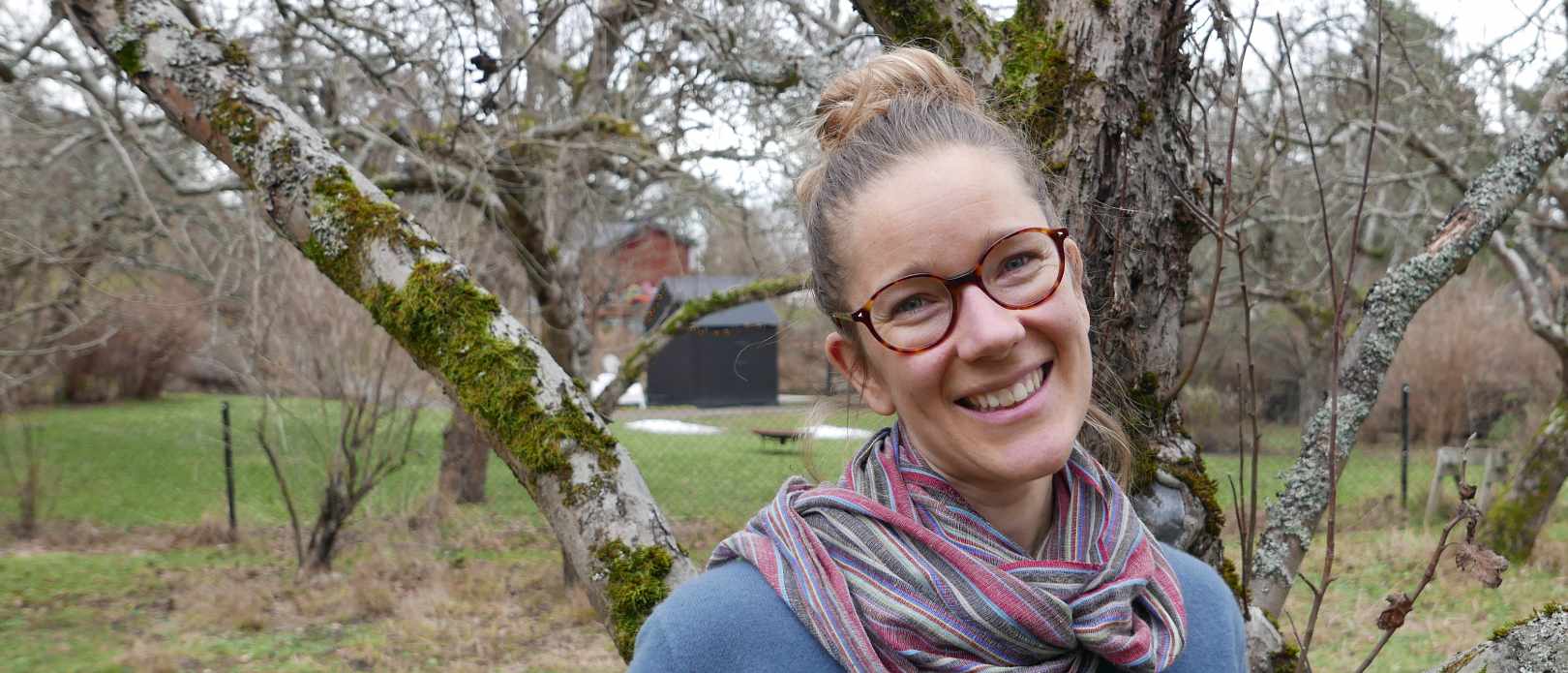
Jamila Haider is one of the leaders of the centre's new development research theme.
Centre researcher and theme leader Jamila Haider explains why popular terms like sustainable development and resilience can also be problematic
- In 2020, the centre introduced new research themes to reflect a shift in the centre’s research focus
- One of the new theme leaders are Jamila Haider who will co-lead the new Development theme
- Haider studies how development interventions can improve human well-being in food systems without eroding biological and cultural diversity
While major improvements in human well-being and standards of living have been achieved for many in the last century, these benefits remain unequally distributed across the globe and have unfolded at the cost of ecosystem degradation, challenging the resilience of the biosphere. How is the centre’s research tackling this?
We chat with Jamila Haider, a leader of the centre’s new research theme on resilience and sustainable development. She tells us about her exciting research on biocultural diversity in the Pamir Mountains, conceptualising resilience and development processes, and her priorities for this important new research theme.
Jamila, your research focuses on how we can improve human development processes while not negatively impacting the environment. What got you interested in this?
I’ve always been fascinated with the term ‘sustainable development’ and its inherent contradictions. Although there has been an immense amount of research and practice in sustainable development over the past 40 years, it seems that we still fall short in truly understanding, catalysing and embodying sustainable development at scale.
Although many projects are designed with the idea that issues such as poverty or hunger are multidimensional, complex issues, the interventions that are in the end implemented may not reflect this.
This means that many projects end up with outcomes that improve poverty in the short term, but negatively impact biodiversity and the environment in the long term, weakening the resilience of the system as a whole.
You’ve worked on this issue in the Pamir mountains for over ten years, specifically in relation to “biocultural diversity”. What is this and how does it play out there?
The Pamir mountains are among the highest in the world, spanning parts of Tajikistan, Afghanistan, Kyrgyzstan and China. Despite being a poor region, the Pamirs are a hotspot of biocultural diversity: a diversity of languages, rituals, practices, and cultures has over thousands of years co-evolved and is tightly linked with a thriving natural environment.
Rather than celebrating diversity, poor regions like the Pamirs are commonly subject to development interventions that look for linear solutions to poverty or hunger. These linear interventions focus on maximising efficiency in the short term without taking longer term resilience into account.
Can you give an example?
Improved seed varieties or agrochemical inputs in place of traditional farming methods have succeeded in reducing existing biocultural diversity, weakening overall resilience of both the communities and their environment.
At the moment the world’s food system is optimised for seven different crops. But we know very little about which foods will be necessary for the resilience of the future global food system. For a specific example: there are over 150 different wheat varieties in Pamirs. Even from a purely utilitarian perspective, with a changing climate we may need this diversity of crops. Some of these will be (and already are) saved in seed banks, but the knowledge and culture around their cultivation will be lost.
What do you love most about your work?
I really love seeing the innovations, potential and deep knowledge that is present in a given landscape. The solutions to seemingly insurmountable problems gives me so much hope. Take farmers of the Pamirs: growing food above 2000m requires so much innovation, experimentation and ingenuity and creates this diversity of practices, culture and also biodiversity. It’s really amazing.
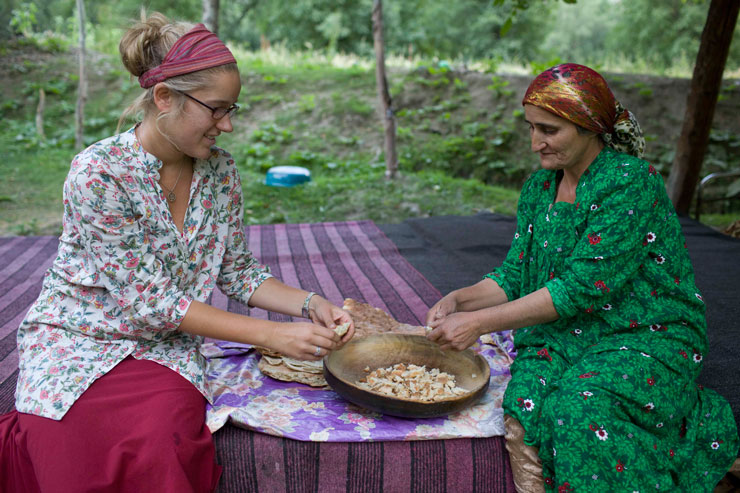
Photo: T. Kaye
Many high level development actors now use resilience approaches for outlining development policies. Do you see this as a good thing?
It’s a double edged sword. As there is no common understanding of resilience, it’s used in many different ways and is at risk of becoming a meaningless buzzword. Every development project is using it. But what does resilience actually mean and how is it different from “sustainable development”?
We must clarify what resilience means for development, and how we can rethink resilience through a development lens. How are different development pathways defined, and who has the power to shape these different pathways?
On the flip side, a plurality of understandings is really important! Farmers and indigenous groups often understand much better than anyone else what resilience means in their context. The challenge becomes how to meet somewhere in the middle.
There is definitely no single framework we should use, and relevant tools should always be co-developed with the people they’re targeting. This is one of the reasons that my research focuses on daily practices: as a way to uncover, understand and embody the social-ecological relationships which shape development pathways.
After spending much of the last decade thinking about resilience and development you’re now part of the team heading the centre’s research on the topic. What do you have planned?
Oh I’m really excited. With spiraling uncertainty around global environmental change and now the COVID-19 pandemic we’re seeing the use of resilience in development skyrocketing. It’s the perfect moment to consolidate the excellent research from the centre’s development-focused programmes Swedbio, the Global Resilience Partnership, GRAID, and its many researchers working on development-related topics.
More than this I hope the theme can create an inclusive space for discussions about participation and diversity. What does it mean to participate in transdisciplinary research? How do we make research inclusive for the most marginalised people?
There is a constant need for reflexivity and care in the way that we do research, and respecting a diversity of perspectives is vitally important for doing rigorous science.
And finally, I hope the next few years establishes SRC as a global leader in resilience and development, providing research to guide inclusive and transformative development processes.
